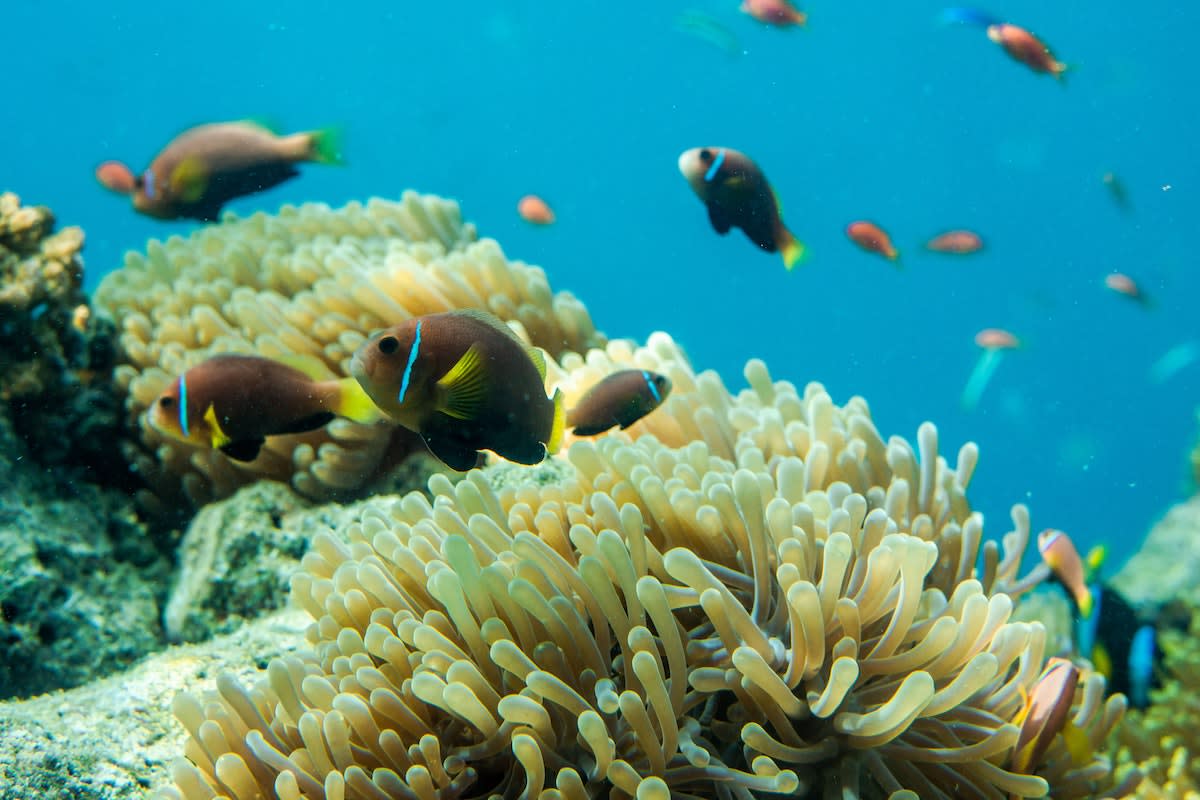Biodiversity Guide: Explore How Biodiversity Affects the World
Written by MasterClass
Last updated: Jun 7, 2021 • 4 min read
From microorganisms to whales, all living organisms play an important role in creating a sustainable balance within our ecosystem. Threats to this balance can result in biodiversity loss that can majorly impact humankind and the planet. Learn more about biodiversity and how it affects the world.
Learn From the Best
What Is Biodiversity?
Biological diversity, or biodiversity, refers to the variety of species and living organisms that inhabit Earth and their roles in affecting the environment. There are three main types of biodiversity: genetic diversity, species diversity, and ecological diversity. Biodiversity measures the biological diversity of life in a particular region and its variability of biological organisms. The interactions between humans and ecosystems are also a part of biodiversity. Certain climates breed different levels of biodiversity, but all are important when contributing to climate regulation and a stable environment.
3 Types of Biodiversity
There are three main types of biodiversity:
- 1. Genetic diversity: This type of biodiversity refers to the different variations of the same species of animal. Genetic diversity shows how mutations of the same species have evolved and adapted to survive their environment. Examples of genetic diversity include different dog breeds or the many different flower types.
- 2. Species diversity: Species diversity is the number of species that contribute to ecosystem diversity. Sometimes referred to as species richness, it measures the types of species in a given environment. For example, some coral reefs have over 7,000 species of organisms in one community, making it a hotspot for a variety of life.
- 3. Ecological diversity: Ecological diversity examines an ecosystem on a broader scale, like identifying how all the living organisms within a particular region (like the grasslands or desert) function, survive, and contribute to their environment. This biodiversity type can also indicate the ecological dynamic and natural processes between the different species in an area. Ecosystem diversity can measure how living organisms interact and impact one another, whether positively or negatively, and how it affects the environment as a whole.
Why Is Biodiversity Important?
Biodiversity is important because of its ecosystem services—the direct or indirect benefits the natural world provides to people. The value of biodiversity is that it promotes ecological balance, which means more sustainability. The different kinds of living organisms that make up our biologically diverse ecosystem all function through biotic relationships, which makes the planet functional and habitable for the entire human population.
6 Threats to Biodiversity
There are many threats to biodiversity in our world today, including:
- 1. Climate change: Changes in the climate can be disastrous for many plant species, animal species, and marine species, and is one of the largest threats to global biodiversity. For example, the rising temperatures of the oceans affect the coral reefs, which are biodiversity hotspots. Climate change can wipe out food resources or habitats for certain fish, leading to their extinction. If these fish are the primary food source for the local people, this can eventually lead to famine. Even small changes to biodiversity can have a chain reaction, leading to more significant damage over time.
- 2. Overexploitation: Mass consuming resources or eliminating a single species by the thousands can throw an entire ecosystem off balance, which can adversely affect humankind’s health and well-being. Overhunting and overfishing are two big problems currently facing biodiversity. These practices contribute to food insecurity for humans and the other animals who rely on the hunted species.
- 3. Habitat destruction: Many animals in the forest survive through their predatory or symbiotic relationships. Practices like deforestation can displace countless species of birds, rodents, and bugs. With nowhere to go or find food, these organisms can die out, causing further imbalance to an unstable environment. Destruction of the rainforest, whether through fires or logging, can also destroy the wetlands. Certain amphibians and other freshwater species are on the brink of mass extinction due to habitat destruction.
- 4. Pollution: Our marine ecosystems are in danger from the many tons of waste dumped into our oceans each year. Species on land are poisoned or ensnared by our garbage, putting their survival at risk. Burning waste releases harmful pollutants into the air that destroy our atmosphere. Man-made byproducts are a major cause of pollution, which contributes to the destruction of ecosystems. Recycling, composting, and upcycling are useful practices for reducing pollution.
- 5. Invasive species: Whether deliberately or incidentally, human activity (like cargo shipping) is one of the leading causes of invasive species infestations. Some insects or diseases can latch onto these ships and travel across the world to a place where they may cause destruction. Introducing these new species into a vulnerable area can wipe out necessary food sources for native species, or compete with an already endangered species for resources. Invasive species can ruin crops, or disrupt the natural patterns of an ecosystem, leading to a loss of biodiversity.
- 6. Pesticides: Pesticides have been linked to biodiversity loss. For instance, bees are necessary pollinators, but their dwindling numbers have a direct correlation to the increasing number of toxic pesticides used to treat the plants they feed on. Bees are responsible for the pollination of 71 out of 100 different crop varieties that provide 90 percent of the food in the world. In the United States alone, bees pollinate 95 kinds of fruit. Without bees, it will become exponentially more difficult to grow crops and other necessary plants, which can lead to future food shortages.
Learn More
Get the MasterClass Annual Membership for exclusive access to video lessons taught by masters, including Jane Goodall, Bill Nye, Neil deGrasse Tyson, Paul Krugman, and more.
